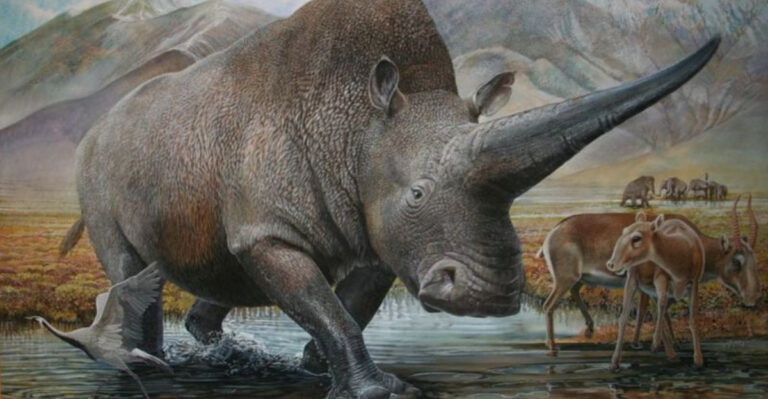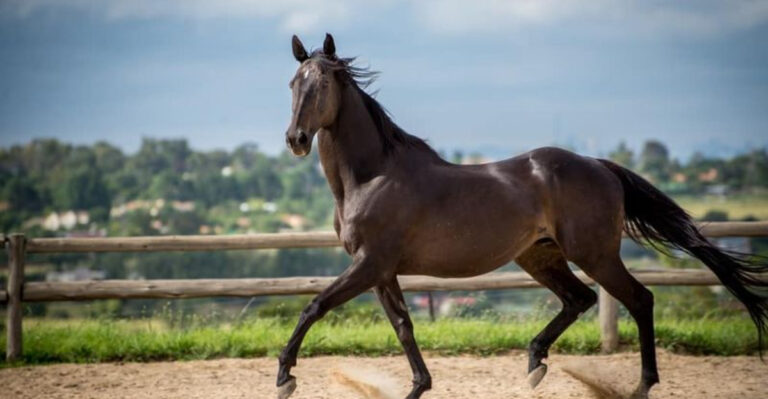14 Unusual Survival Strategies Of The Thorny Devil Lizard
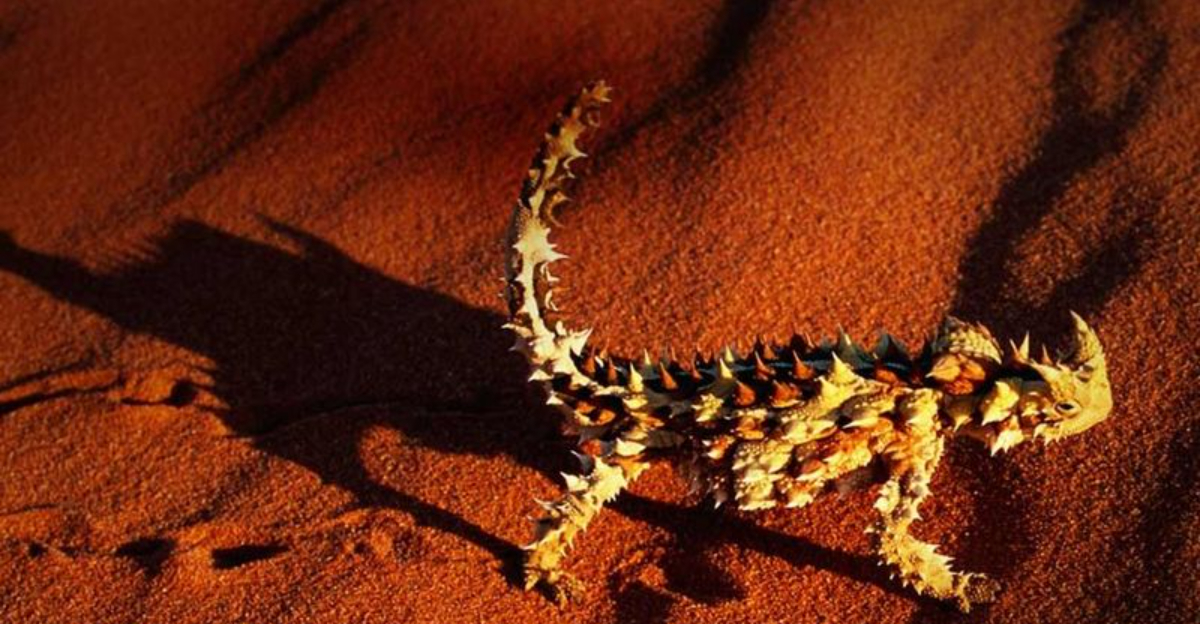
Ever wondered how some creatures seem to have superpowers when it comes to surviving the harshest conditions?
Meet the thorny devil, a master of desert survival with tricks up its scaly sleeves. These fascinating lizards have evolved some mind-boggling strategies to thrive in their arid homeland, making them true desert wizards.
1. Water Channeling Skin
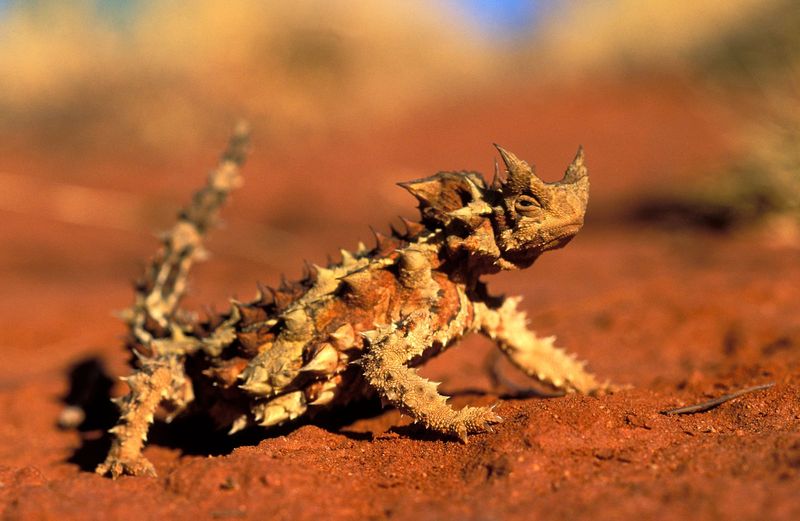
The thorny devil’s skin collects moisture from rain and dew, channeling it directly to its mouth. This incredible adaptation allows it to drink without needing open water. Living in the desert, this unique skill is crucial for its survival.
2. Camouflage Mastery
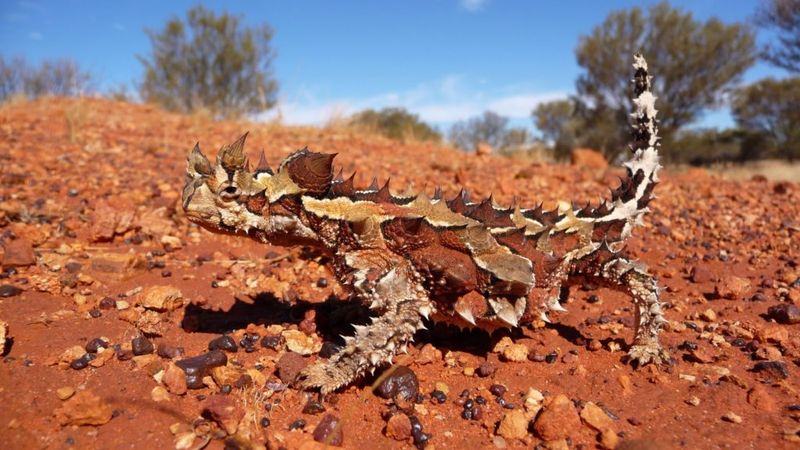
With colors that mimic the desert surroundings, the thorny devil is a camouflage expert. Its skin blends seamlessly with the sand and rocks, providing the perfect disguise from predators. This natural stealth mode is vital for both hunting and avoiding becoming someone else’s dinner.
3. Spiky Defense
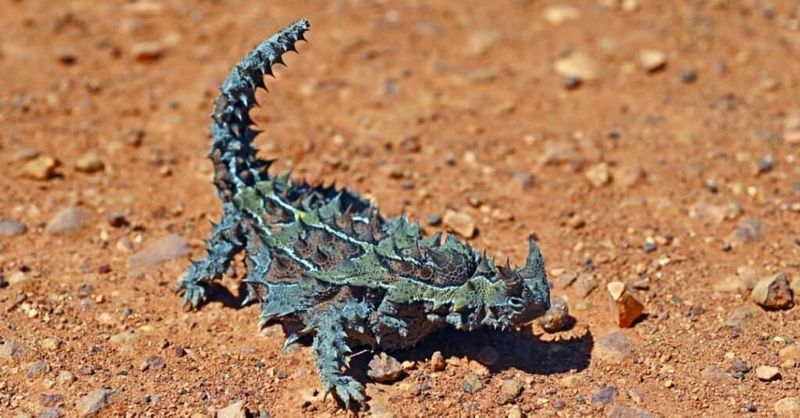
Covered in spikes, the thorny devil looks like it means business. These spikes deter predators, making the lizard a less appealing snack. The spikes can also break skin, giving attackers a painful lesson. It’s Mother Nature’s way of saying, “Look, but don’t touch.”
4. False Head Illusion
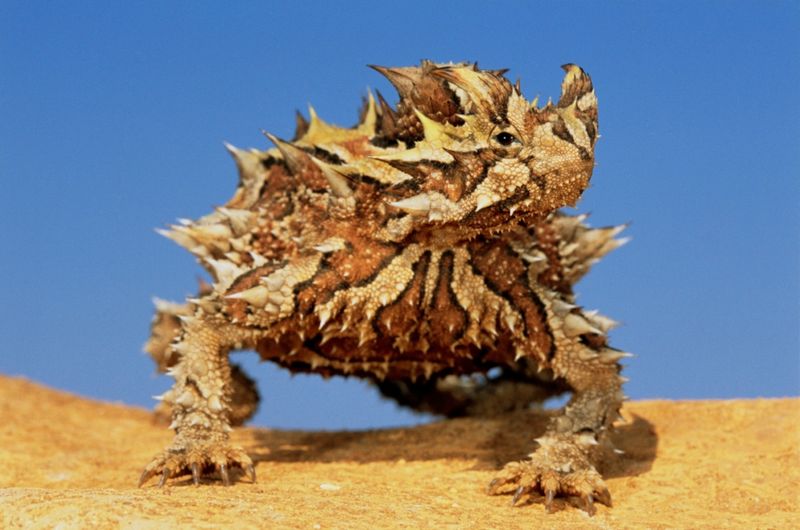
Sometimes, fooling others is the best strategy. The thorny devil sports a false head – a bulge on its neck that confuses predators. When threatened, it tucks its real head down, presenting the fake one. This clever deception can mean the difference between life and death in the wild.
5. Slow Motion Movement
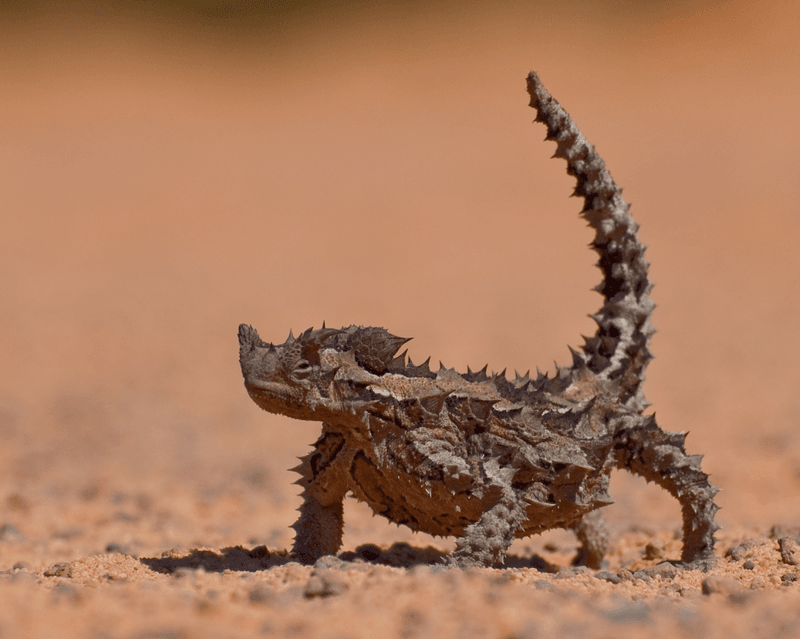
Why rush when you can take it slow? The thorny devil’s deliberate, slow movements help conserve energy in the scorching desert. This leisurely pace also reduces detection by predators, allowing the lizard to move undetected. It’s all about winning the patience game.
6. Thermal Regulation
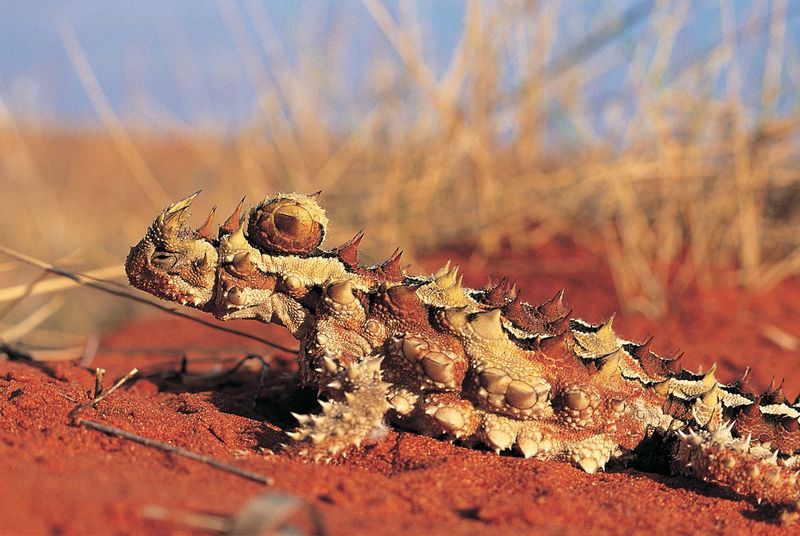
Surviving the desert isn’t just about dodging predators. The thorny devil is a master at regulating its body temperature. By basking in the sun or cooling off in the shade, it maintains the perfect balance. This adaptability is a hallmark of its survival prowess.
7. Rain Dance Ritual
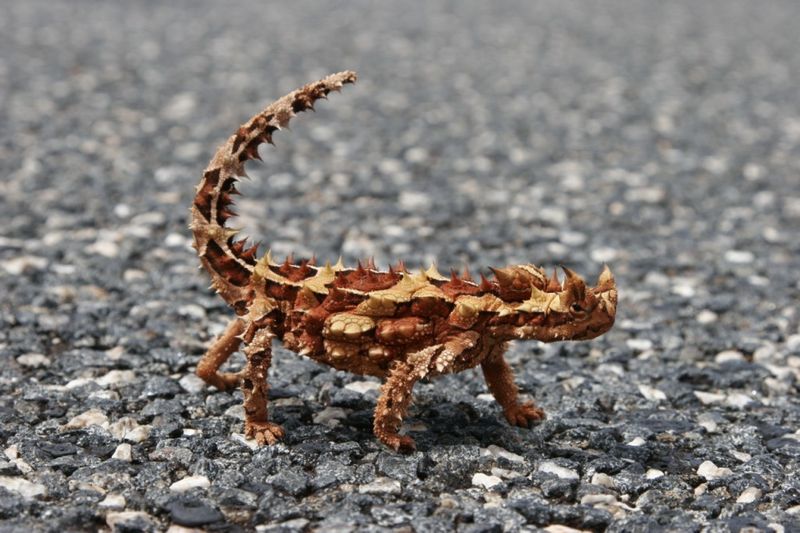
When the skies open, the thorny devil does a rain dance. Its twisting and turning collects water on its skin, funneling it to its mouth. This quirky behavior ensures it gets every drop of precious rain, showcasing its resourcefulness in the arid desert environment.
8. Ant Diet Specialist
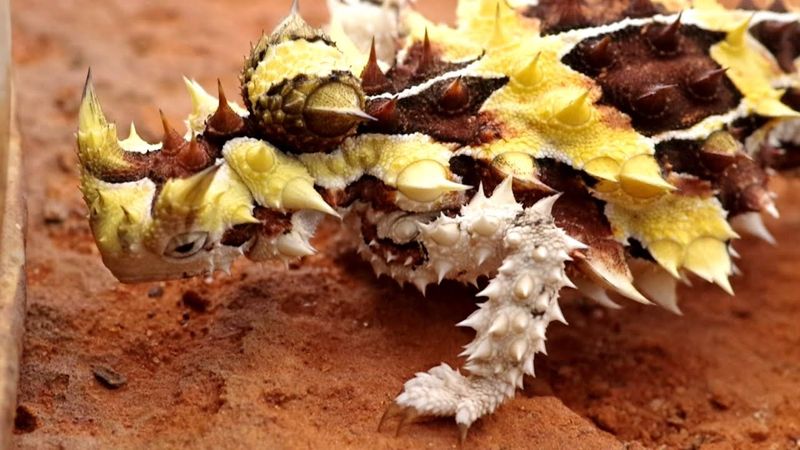
With a diet consisting mainly of ants, the thorny devil has perfected the art of ant munching. This specialized diet means it doesn’t compete with larger predators. Its sticky tongue effortlessly snares ants, making it a master of its culinary niche.
9. Unique Walking Style
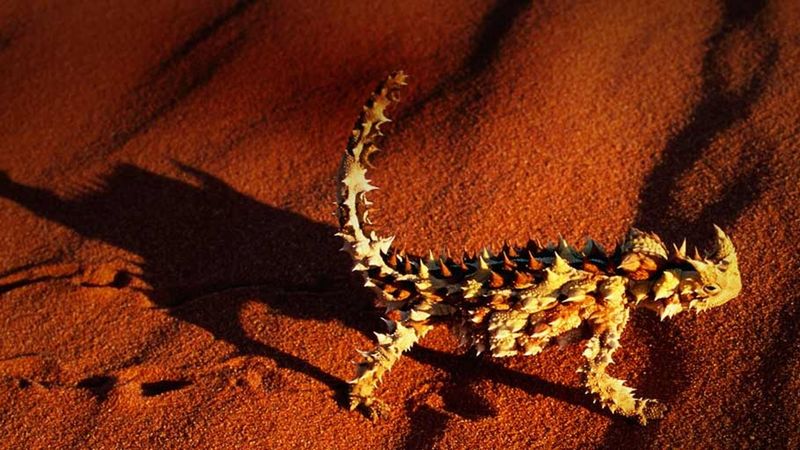
The thorny devil’s walk is a peculiar, zigzag affair. This odd gait throws off predators by making it harder to track. It’s not just quirky; it’s a survival tactic! By walking in such an unpredictable pattern, it stays one step ahead of danger.
10. Tail Display Tactic
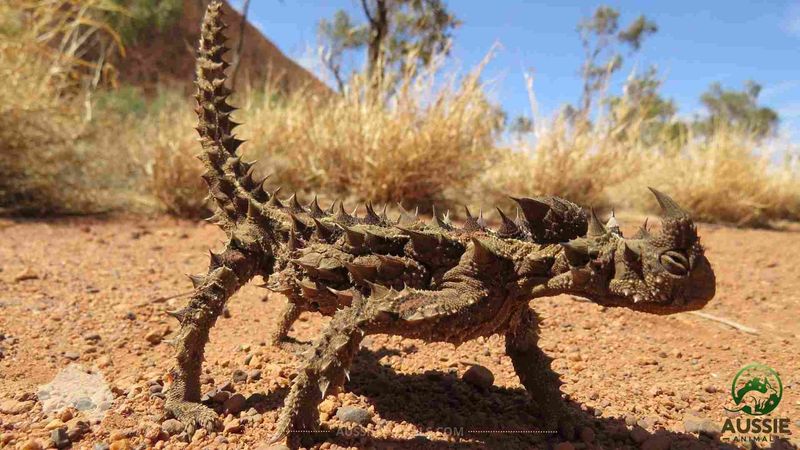
When danger looms, the thorny devil waves its tail like a flag. This distraction tactic draws attention away from vital body parts, giving it a chance to escape. It’s a clever ploy in the game of survival, showing that even a tail can be a lifesaver.
11. Desert Adaptability
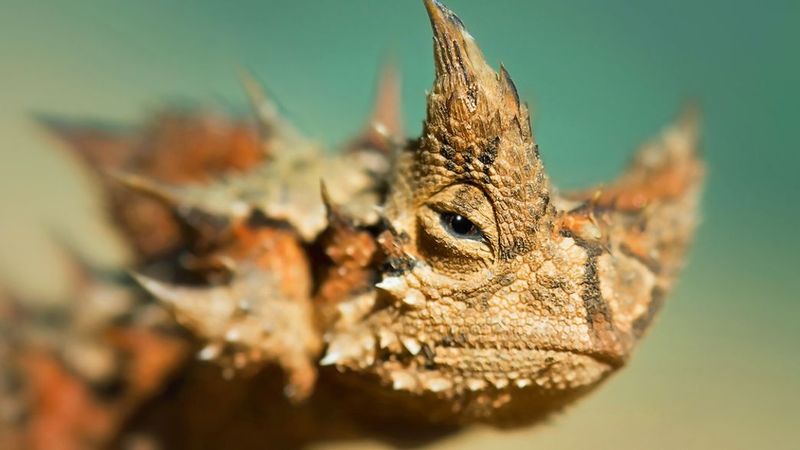
Thriving in a place most would find inhospitable, the thorny devil’s adaptability is its superpower. From surviving extreme temperatures to finding food in barren landscapes, it’s the ultimate desert dweller. Its resilience is a testament to the marvels of evolution.
12. Vibrational Sensitivity
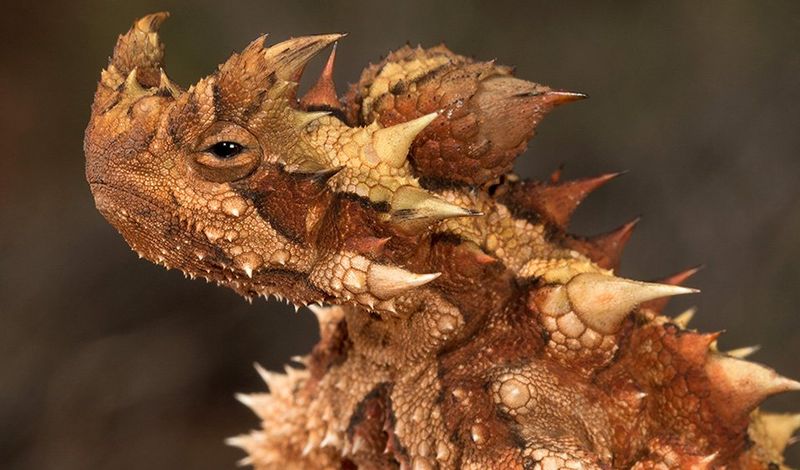
The thorny devil has an acute sense of vibrations through its feet. This sensitivity alerts it to approaching predators or prey. It’s like having a built-in alarm system, making it highly attuned to its surroundings. In the desert, every little vibration counts.
13. Seasonal Shedding
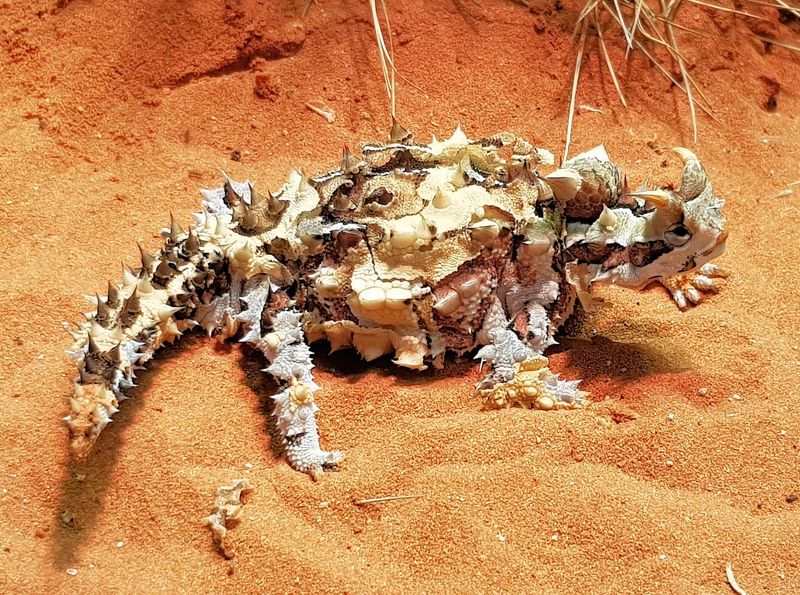
To keep its armor in top shape, the thorny devil regularly sheds its skin. This process not only removes parasites but also keeps its spikes sharp. Seasonal shedding is crucial for maintaining its defenses, proving that a fresh coat isn’t just for fashion.
14. Nocturnal Activity
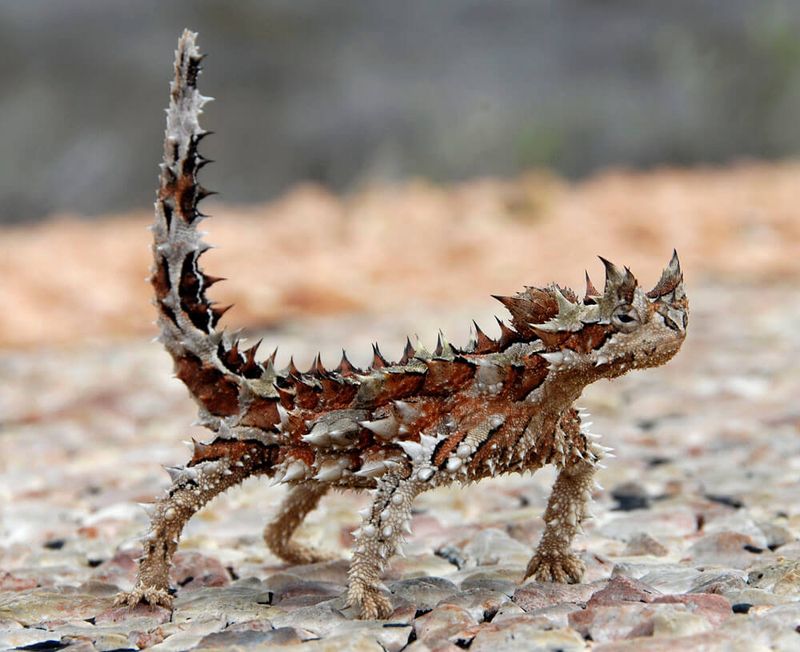
By becoming active at night, the thorny devil avoids the desert heat. This nocturnal habit allows it to hunt and explore when fewer predators are around. Embracing the night gives it an edge in the survival stakes, when the desert transforms into a cooler, quieter world.


